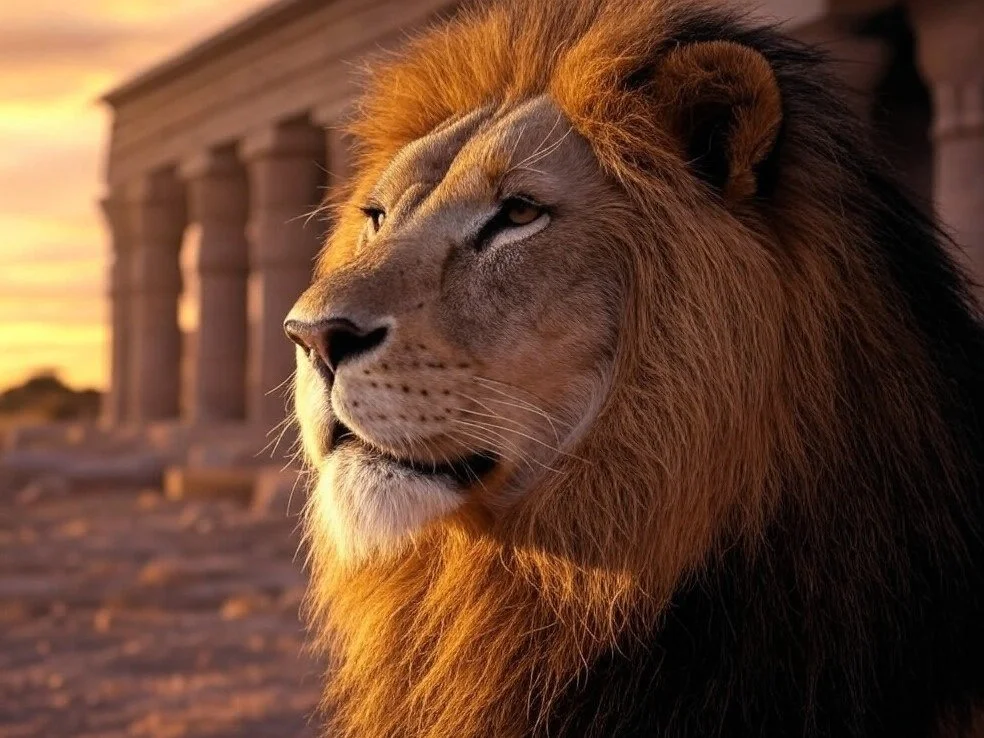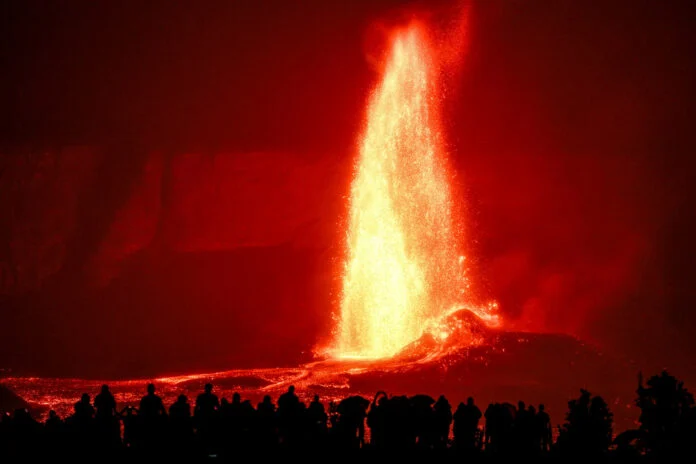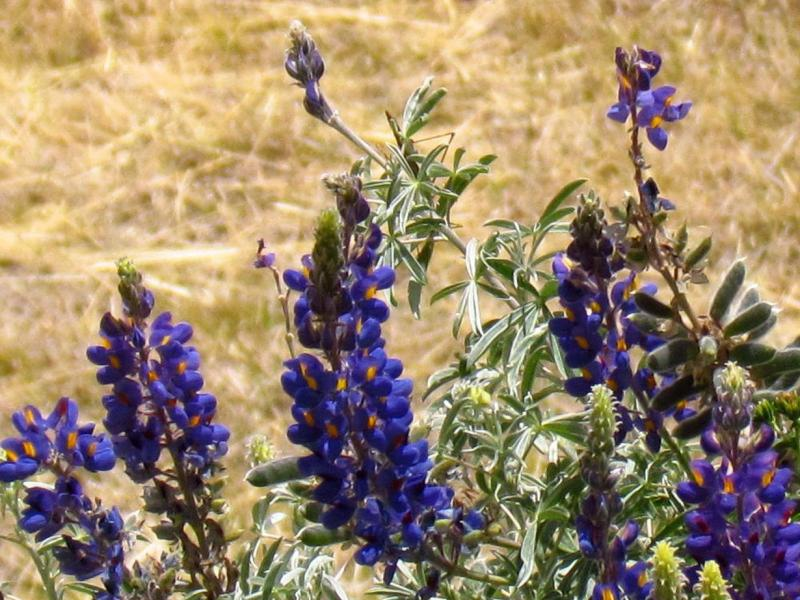Throughout history, animals have played a crucial role in the myths, religions, and cultural traditions of ancient civilizations. Various societies revered animals as sacred beings, viewing them as symbols of power, wisdom, and divine connection. Archaeological evidence, including temple carvings, artifacts, and burial sites, offers insight into how these animals were venerated and integrated into spiritual practices.
The Egyptian Sacred Ibis: Messenger of Wisdom
In ancient Egypt, the ibis was closely associated with Thoth, the god of wisdom, writing, and knowledge. Depictions of Thoth often featured an ibis-headed figure, symbolizing intellect and divine insight. Archaeological discoveries, such as the vast catacombs of mummified ibises found in Saqqara, demonstrate the extent of their veneration. These birds were sacrificed and offered in temples, signifying their importance in religious rituals.
The Hindu Cow: Symbol of Life and Prosperity
In Hindu mythology and religion, the cow has long been regarded as a sacred animal, representing life, purity, and abundance. The cow is associated with deities such as Krishna, who is often depicted as a cowherd, emphasizing the animal’s nurturing role. Ancient texts like the Vedas highlight the cow’s significance, and archaeological evidence from early Indian civilizations suggests that cows were protected and honored in daily life, influencing dietary and social customs.
The Greek Griffin: Guardian of Treasures
The griffin, a mythical creature with the body of a lion and the head and wings of an eagle, symbolized strength and vigilance in ancient Greek and Persian mythology. Often depicted in artwork guarding treasures or sacred sites, the griffin represented divine protection. Archaeological finds, including intricate gold figurines and temple reliefs, suggest that griffins played a symbolic role in safeguarding wealth and spiritual knowledge.
The Norse Raven: Omen and Guide
In Norse mythology, ravens were deeply connected to Odin, the chief deity associated with wisdom and war. His two ravens, Huginn and Muninn, were believed to fly across the world, gathering knowledge and whispering secrets into Odin’s ear. Viking burial sites have revealed raven imagery on weapons and armor, highlighting their role as symbols of foresight and intelligence.
Conclusion
Animals in ancient mythologies were more than mere creatures; they embodied divine qualities, guided spiritual beliefs, and influenced societal structures. The reverence for sacred animals, supported by archaeological discoveries, showcases their enduring legacy in human culture. Even today, many of these mythological traditions persist, reflecting the deep and timeless connection between humans and the animal world.







